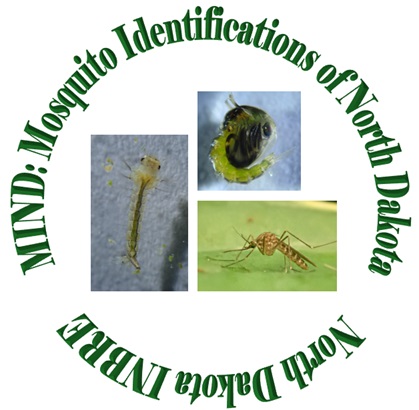

Common Name - Common Bed Bug
Phylum: Arthropoda
Class: Insecta
Order: Hemiptera
Family: Cimicidae
Oh no…the dreaded BED BUG!!!
Yes, we are going to feature this insect as it is unfortunately fairly common as its name implies. Cimex lectularius is one of only four species of bed bug that "prefer" human blood. This isn't SO bad if we consider there are 90 species of bed bugs!
Even though we consider these nasty things pests (and we agree) the good thing is that under most circumstances, the bite of these insects does not transmit any pathogens to humans. The bites are just annoying and of course, an infestation is not something anybody wants.
Unfortunately, all stages of life for these bed bugs require human blood for growth and development. In addition, everyday female bed bugs lay about 5 eggs that are typically placed in the seams of mattresses, box springs, and spaces in and around baseboards. It only takes about 5 minutes for these insects to take a blood meal from a sleeping human. Mating for bed bugs is a dramatic event. In fact, the process is known as "traumatic insemination" where the male will puncture the abdomen of the female with his external genitalia…essentially stabbing into her abdominal cavity. Adults live from 6-12 months and can go for many days or months without a meal.
Bed bugs are not a sign of being "dirty." In fact, many people encounter bed bugs throughout their lives. People who travel often and stay in hotels are more often the folks who encounter them the most. Even the cleanest of hotels can and will have outbreaks of bed bugs. The use of mattress covers with frequent cleaning can prevent initial infections. If an outbreak occurs, vacuuming infested rooms/beds, with heat treatments of clothing, bedding, and exterminators are the best methods to solve the problem.